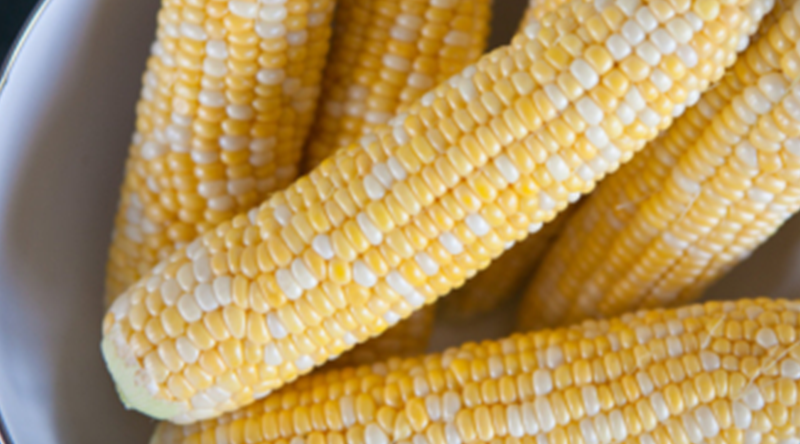Sweet corn is one of summer’s simplest, purest pleasures. A fresh-picked ear, grilled to caramelized perfection and lightly buttered, offers incredible, complex sweetness, an intoxicating texture and plenty of nutrition benefits to boot.
But many people have convinced themselves that sweet corn is bad. That’s a shame. It’s easy to take a few real nuggets of fact and use them to come to a distorted conclusion about this super summer veggie. Let us help set the record straight about this misunderstood vegetable. Here are some of the biggest myths about corn.
Myth #1: Most sweet corn is genetically modified.
Truth: A lot of people mix up “sweet corn,” the vegetable you buy to eat, and “field corn”—the virtually inedible commodity crop used to make everything from livestock feed to ethanol to high-fructose corn syrup. While most field corn is genetically modified, most sweet corn is not. Last year only 3 to 4% of the sweet corn grown in the U.S. was GMO. My Dad’s Sweet Corn raises all NON-GMO varieties.
Myth #2: Sweet corn is fattening and sugary.
Truth: An ear of corn has about the same number of calories as an apple and less than one-fourth the sugar. In other words, it can be one of the healthier foods at the cookout! Just remember: while sweet corn is healthy, some of the toppings people like to put on it aren’t. So don’t assume an ear of corn slathered in butter and doused in salt is still a healthy option.
Myth #3: Cooking sweet corn makes it less nutritious.
Truth: Antioxidant activity, which helps protect the body from cancer and heart disease, is actually increased when corn is cooked.
Myth #4: Sweet corn has no healthy benefits.
Truth: Sweet corn is loaded with lutein and zeaxanthin, two phytochemicals that promote healthy vision. A midsize ear also offers a helpful 3-gram dose of dietary fiber.
Myth #5: The best way to choose sweet corn is by the color of the kernels.
Truth: Although corn lovers often profess to have favorite varieties, variety is far less important than freshness. Any corn can be ruined if it’s old. Nor is color a key to quality. Yellow, white, bi-color—it doesn’t really matter. Preferences vary from region to region. Avoid corn with dry, pale husks and silks that are desiccated where they enter the cob. If pricked, kernels should squirt whitish juice. As for choosing the best-tasting corn, abide by the “one-day rule.” Don’t buy a cob that’s more than 24 hours out of the field.



Leave A Comment